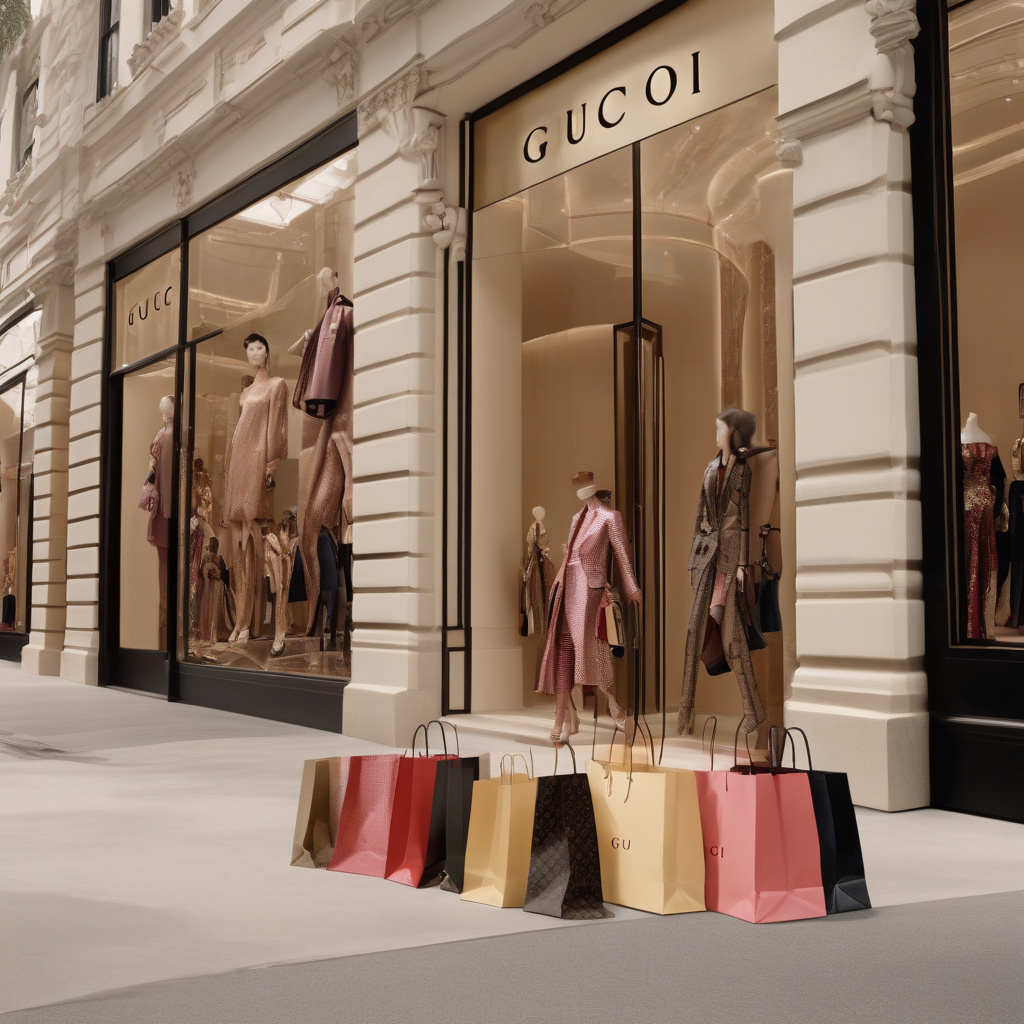The Future of Luxury Sector: Bain’s Forecast Reveals Soft Consumption Trends
Luxury consumption is an integral component of the global economy, representing a blend of exquisite craftsmanship, exclusivity, and prestige. However, according to the latest projections from Bain & Company, a renowned management consulting firm, the luxury sector is poised to experience a continued decline in consumption for the remainder of 2025. This downward trend is expected to manifest across key categories such as leather goods, makeup, and watches, as factors like price fatigue and macroeconomic uncertainties exert pressure on consumer behavior.
One of the primary drivers behind the anticipated softening of luxury consumption is the phenomenon of price fatigue. In recent years, consumers have been inundated with a plethora of luxury offerings at increasingly higher price points. This saturation of the market, coupled with the growing trend of conscious consumerism, has led to a sense of exhaustion among buyers who are becoming more discerning in their purchasing decisions. As a result, luxury brands are finding it challenging to sustain the same levels of demand and engagement that characterized previous years.
Moreover, the global economy is currently grappling with significant macroeconomic turbulence, further exacerbating the challenges faced by the luxury sector. Factors such as inflation, supply chain disruptions, and geopolitical uncertainties have created a sense of instability and caution among consumers, prompting them to reevaluate their spending priorities. In such an environment, non-essential luxury items like leather goods, makeup, and watches are often the first to experience a decline in demand as individuals prioritize more essential purchases.
Despite these prevailing headwinds, luxury brands have an opportunity to navigate the current landscape by embracing innovation and adaptability. One strategy that has shown promise is the integration of sustainability and ethical practices into the core of the brand’s identity. By aligning with the values of environmentally and socially conscious consumers, luxury companies can differentiate themselves in a crowded market and resonate with a new generation of buyers who prioritize authenticity and transparency.
Furthermore, the digital transformation of the luxury sector presents a wealth of possibilities for brands to connect with consumers in innovative ways. From immersive virtual showrooms to personalized shopping experiences, technology offers avenues for luxury companies to enhance customer engagement and drive sales. By leveraging data analytics and artificial intelligence, brands can gain valuable insights into consumer preferences and behavior, enabling them to tailor their offerings and marketing strategies accordingly.
In conclusion, while the forecast for the luxury sector may indicate a period of soft consumption in 2025, it is essential for brands to remain agile and forward-thinking in their approach. By understanding the evolving needs and expectations of consumers, investing in sustainable practices, and harnessing the power of technology, luxury companies can position themselves for long-term success in an increasingly competitive market landscape.
luxury, consumption, Bain forecast, price fatigue, macroeconomic turbulence












